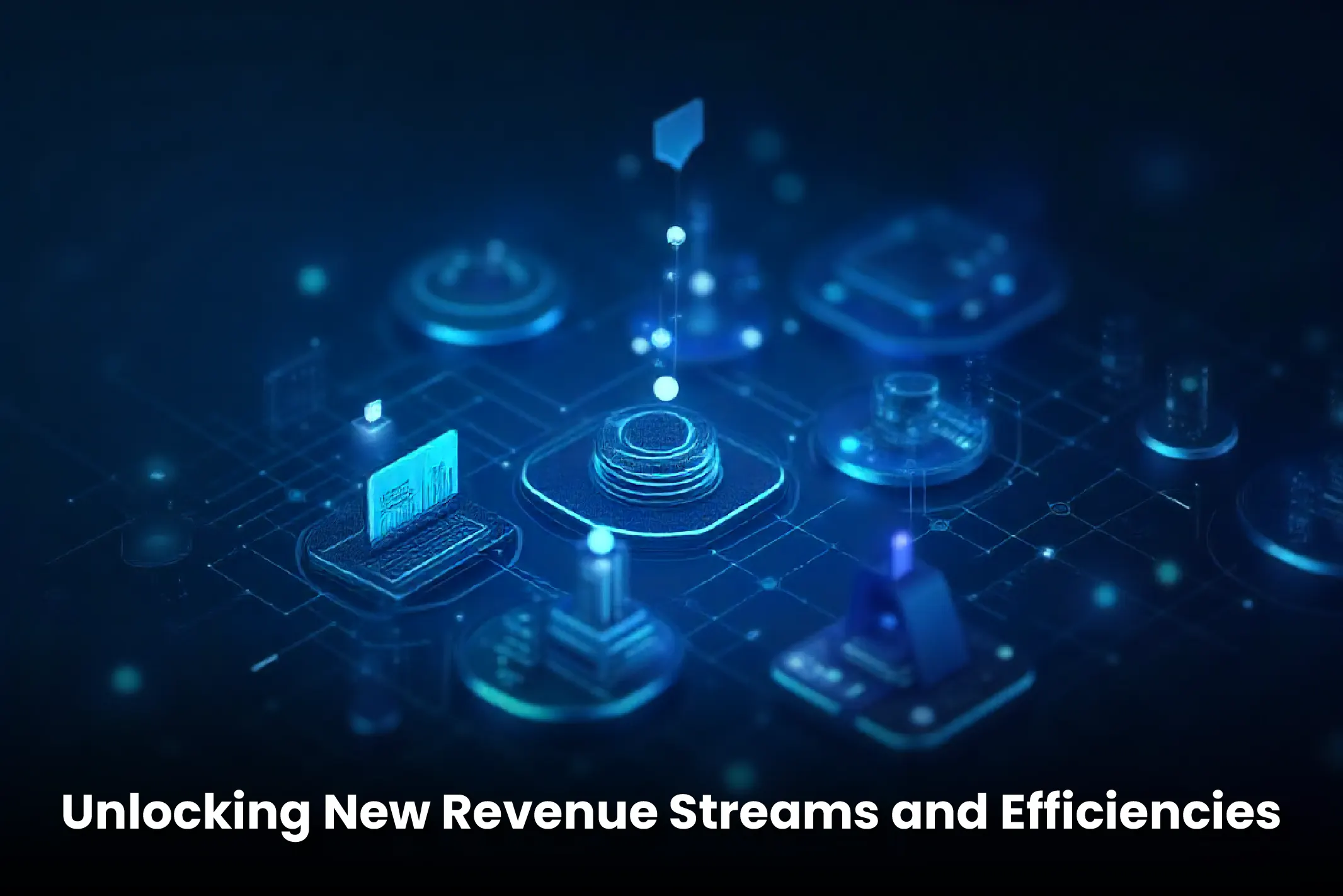Traditional finance can feel slow. Payments take time. Approvals pile up. Manual processes cause mistakes. For revenue teams, that slows everything down.
Decentralized finance, or DeFi, works differently. It moves lending, borrowing, and trading to the blockchain. Smart contracts handle the rules automatically. That cuts out middlemen and makes transactions faster and clearer.
If you lead revenue, this matters. It’s not just tech. It can change how money flows, reduce costs, and even create new ways to earn. Learning about it early can give your company an edge.
Right now, around one in four CFOs say their teams expect to use digital currency within the next two years. That shows adoption is already picking up.
This article will show how DeFi can open new revenue opportunities, improve transparency, and save costs. It will also explain the risks you need to watch for, like volatility, rules, and security.
Understanding the Core of Decentralized Finance
Decentralized finance lets companies move money without using banks or brokers. It works on blockchain, which records everything in a public, secure ledger. Smart contracts make sure payments or loans happen only when the rules are met. That means fewer errors, less waiting, and more visibility into transactions.
A few things make it work. First, there are decentralized apps, or dApps. They let people use financial services directly on the blockchain. Then there are stable coins. These are tied to real money, so businesses can pay employees, manage cash, or send money to suppliers without worrying about sudden swings in value.
For revenue teams the upside is clear. Money can be set to move automatically. Every transaction is easy to track. Audits become faster because the records are already on the blockchain. Big companies are testing this too. Google Cloud and CME Group are exploring tokenization and wholesale payments on their blockchain platform. That shows decentralized finance is not just a theory. Right now, it is something businesses can start using to make payments faster, easier, and more reliable.
Unlocking New Revenue Streams and Efficiencies
Revenue teams are always looking for ways to work faster and spend less. With decentralized finance, some of that becomes easier. For example, smart contracts can handle accounts receivable and payable on their own. That cuts down on paperwork and mistakes. You do not have to wait for approvals, and invoices get processed right away. Fees drop too because banks and other middlemen are no longer taking a cut.
Getting access to cash is simpler as well. Companies can borrow or lend directly on blockchain platforms. That avoids the usual bank hurdles. Fast-growing businesses can get money quickly when they need it most. Treasury teams can also put extra funds into stable coin protocols. These give steady returns, often higher than regular savings. So businesses can make money from funds that would otherwise sit idle.
Transparency becomes easier too. Every transaction is recorded on the blockchain and cannot be changed. This makes auditing faster and errors easier to spot. Finance teams can see where money is going at any time, which simplifies reporting and helps with planning.
Decentralized finance also opens up new ways to make money. Companies can turn assets or services into tokens. That can create new products or loyalty programs. Customers get more options, and companies find new revenue streams.
Right now, Visa is expanding its stablecoin settlement platform. It works with more currencies and blockchains. Partnerships with Paxos include Global Dollar and PayPal USD. Euro-backed EURC adds reach across Europe. The platform also supports Stellar and Avalanche along with Ethereum and Solana. This shows that big companies are already using decentralized finance to move money faster and more efficiently.
Automation, lower fees, easier access to funds, and tokenization make finance work better. You can see it in real numbers, in real companies. For revenue leaders, decentralized finance is not just a concept. It is something you can start using today to make operations simpler and find new opportunities.
Also Read: Top Challenges in Managing Market Development Funds and How to Overcome Them
The Risks of Decentralized Finance
Decentralized finance can help companies do a lot, but it is not without risks. The first thing to watch is market volatility. Not every crypto behaves the same way. Coins like Ether can jump up or drop in value very fast. If a company keeps a lot of cash there, it can be risky. Stable coins are different. Their value stays close to a set amount, which makes them safer for regular use. For anyone managing money, understanding this difference is important.
Regulations are another challenge. Rules around digital assets keep changing. Companies need to follow KYC and AML rules. They should also use platforms that play by the rules. Talking to lawyers who know digital assets can save a lot of headaches. In March 2025, KPMG USA put out a Special Alert on how U.S. regulations are shifting. They made it clear that ignoring the changes could cause real problems.
Security is a concern too. Smart contracts run automatically, but if there is a bug, hackers can take advantage. Not all platforms are safe. The smart move is to stick to systems that have been tested and audited and have a solid security record.
Then there is operational complexity. DeFi is not plug-and-play. Teams need people who understand both blockchain and finance. Sometimes bringing in consultants is the fastest way to avoid mistakes and get started safely.
All of this shows that DeFi is powerful, but you have to be careful. Volatility, changing rules, potential security issues, and the learning curve all matter. Companies that plan well, get the right help, and use trusted platforms can take advantage of DeFi without putting themselves at risk. It is not magic. It is a tool. And like any tool, it works best in the right hands.
A Roadmap for Revenue Leaders
If you are thinking about decentralized finance, it helps to take things step by step. Start small. For example, use stable coins for a portion of treasury management or try automated payment rails on a limited scale. This gives your team hands-on experience without putting too much at risk.
Next, focus on compliance. Work with institutional-grade DeFi platforms and bring in legal and accounting experts who know the rules. Regulations are evolving fast, so having guidance upfront prevents costly mistakes.
Then, think about integration. Pick platforms that can connect directly to your ERP and accounting systems through APIs. That way, everything talks to each other, and your finance team isn’t stuck juggling separate tools or manually checking data. A well-integrated platform makes adoption easier and keeps operations running smoothly.
Asset tokenization is another area to explore. It lets companies represent real-world assets on the blockchain and trade them easily. The World Economic Forum projects that corporate adoption of tokenization and blockchain-based financial tools will grow significantly in the next few years. That shows DeFi is gaining recognition as a practical, democratizing tool for businesses.
Taking a step-by-step approach with start small, stay compliant, integrate carefully, and explore tokenization which gives revenue leaders a safe path to tap into the opportunities decentralized finance offers.
End Note
Decentralized finance can change the way companies handle money. Payments can move faster. Costs can go down. New ways to earn can appear. But it is not without risks. Prices can jump around. Rules can shift. Security is always something to watch.
The smartest leaders don’t jump in blindly. They start small. They try stable coins. They test automated payments. They involve their finance and legal teams. Doing it step by step helps you learn what works and what doesn’t.
If you wait too long, someone else will take the lead. Start one small project. See it in action. Learn from it. Then expand carefully. This way, you gain experience, manage the risks, and make decentralized finance a tool that actually helps your company run better and grow.

